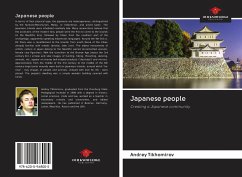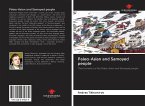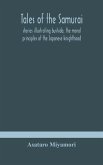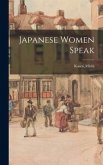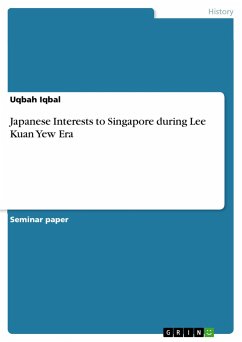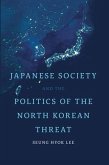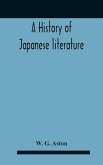In terms of their physical type, the Japanese are heterogeneous, distinguished by the Korevan-Manchurian, Malay, or Indonesian, and ainoid types. The Japanese islands were inhabited relatively late. Many researchers believe that the ancestors of the modern Ainu people were the first to come to the islands (in the Neolithic Era), followed by tribes from the southern part of the archipelago, apparently speaking Indonesian languages. Around the 4th-3rd cc. BC there was a resettlement to the islands from south Korea of the tribes already familiar with metals (bronze, later iron). The oldest monuments of artistic culture in Japan belong to the Neolithic period (ornamented vessels, female clay figurines). With the transition to the Bronze Age (about the 3rd century B.C.) simple and vital images of hunting, hiking, threshing, dancing, animals, etc. appear on bronze bell-shaped products ("doo-taku") and mirrors. Approximately from the middle of the 3rd century to the middle of the 6th century large burial mounds were built on Japanese islands, around which "ha-niva" - clay images of people and animals, imbued with love for life - were placed. The people's dwelling was a simple wooden building covered with straw.
Hinweis: Dieser Artikel kann nur an eine deutsche Lieferadresse ausgeliefert werden.
Hinweis: Dieser Artikel kann nur an eine deutsche Lieferadresse ausgeliefert werden.

